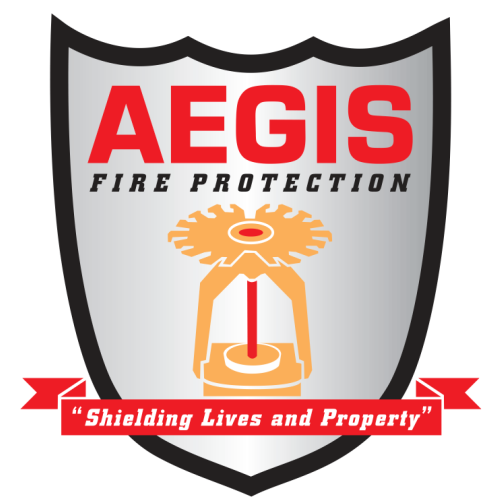Thank You For Contacting Us!
Someone will be in touch with you within 24 hours.
Kansas City Office
11936 W. 119th St. #262
Overland Park, KS 66213
Phone (913) 825-0343
Fax (913) 322-4475
info@aegisfirepro.com
Springfield & Joplin Office
305 South Kyler #511
Monett, MO 65708
Phone (417) 772-3200
bhill@aegisfirepro.com
HOW TO SELECT THE RIGHT INSTALLATION PARTNER FOR YOUR FIRE SPRINKLER SYSTEM
The long-term reliability of any fire sprinkler system comes down to two things: The quality of the piping material and the installation. Selecting the contractor to install your fire protection system is one of the most important decisions you’ll make during this process.
There are a lot of reliable, professional contractors from which to choose, you just need to know what to look for. The following are five qualities that tend to correlate to fire protection system reliability:
Cooperation
Reliability
Reassurance
Advice
Professionalism
How can you evaluate a contractor for these traits in an interview? To help, we’ve compiled the following questions to ask.
-
There are multiple material options for fire sprinkler system pipes and fittings. Some materials include CPVC, steel, copper, and PEX. At a minimum, they should list the two most prevalent materials: CPVC and steel.
-
After your meeting, go online and explore the material brands the contractor recommends. Ideally, the brand will have a website that offers clarity into material capabilities, performance, and characteristics. Search for other educational resources that make sure installers and end users have all the information needed to install a reliable system.
-
Look for an answer that draws on experience using the material and how utilizing it benefits you, the end customer. Also, they should speak to experiences using other material types, which demonstrates an understanding of each material’s capabilities.
-
Knowledge of the local building codes and regulations is important to avoid compliance issues down the road. Certain materials aren’t approved for specific applications or are not allowed by local codes.
-
This question shows the reliability of the material your potential partner recommends, along with their knowledge of their chosen brand’s testing process. Every piping system has compatibility issues. For example, air and water cause corrosion in metallics, while CPVC may have concerns with ancillary products.
Certain brands, like BlazeMaster® CPVC, go through rigorous third-party testing to guarantee the reliability of their materials, while others do occasional in-house tests. Choose a partner that only uses materials in a monitored program with an up-to-date product list.
-
This answer will depend on the type of material selected for the project. If steel, do they use skilled welding professionals to avoid beads forming around the interior of the pipe? Will they require threading machines onsite with cutting oils which can lead to a dirty job site? If they recommend CPVC, the contractor should recommend solvent cement welding over other types of joining methods. Solvent cement is the strongest, most reliable, and fastest way to join a CPVC system.
-
All piping expands and contracts with changing temperatures. If the installer doesn’t take special steps to relieve this pipe stress, it could result in long-term damage. This is more of a concern for CPVC systems than steel.
This question is very important if your project is in an area that experiences high variations in temperature. Consistent temperature environments are more easily accommodated.
-
Many suppliers and manufacturers will visit the job site and provide additional education if needed. Ensure your partner has a good relationship with suppliers and manufacturers and gauge how involved they are in the process.
-
Most material manufacturers understand that a solid installation is required to create a quality system, so they’ll offer in-person training along with online resources. Ensure the partner you select has completed the training and understands their best practices.
-
Techniques and tools change over time. Experience is valuable, but updated training every two years is important for staying current on the latest practices.
